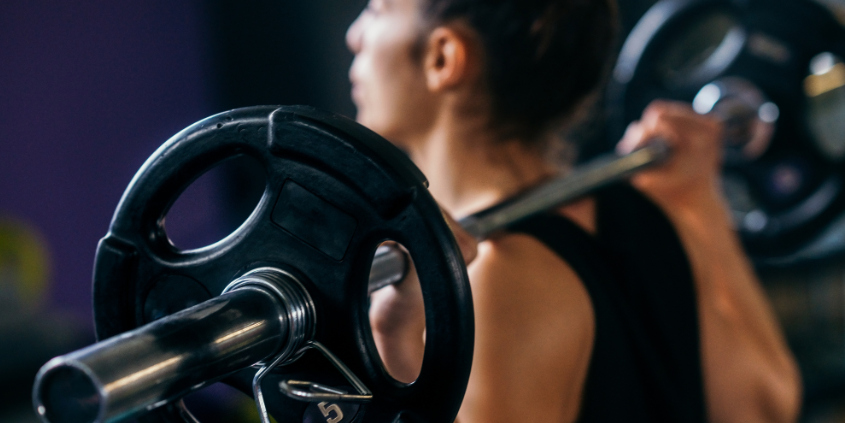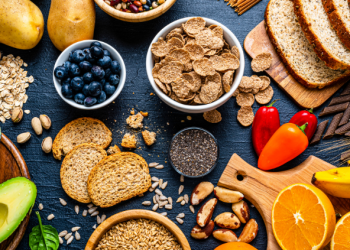Strength Training During Perimenopause
By Carly Smith, BS & Stacy Sims, MSc, PhD

As for what people should be doing during this period of life, there may be more benefits specifically for muscle composition from strength training than long, endurance exercise. One way to begin integrating this change is to prioritize lifting heavy – whatever heavy means to you. You should always remember to do what feels safe for you while still challenging your body and trying exercises that spread force throughout your body. To maximize the benefits for your muscles, research indicates that individuals that lift weights heavy enough to near failure in 4-6 reps see the largest gains in muscle strength when the exercise is maintained for 3-5 sets. For women new to strength training, this type of training regimen may require some getting used to, so it is okay to gradually work toward this goal over time, and prioritize safety at first.
Dr. Stacy Sims, a member of the Stanford Lifestyle Medicine movement & exercise and nutrition pillars, advocates for this training regimen and encourages women to emphasize lifting heavy to reap the most benefits throughout the menopause transition.
“Overall, [we are] breaking the stigma that women need to prioritize long, endurance exercises and exclusively body weight work because they offer little benefits for body composition or lean mass during this time. Instead, lifting heavy (whatever that means to you) will help most during this transitional period,” says Stacy Sims, PhD, MSc, Exercise Physiologist.
Sources:
- Greendale et al. Changes in body composition and weight during the menopause transition. JCI Insight. 2019 March
- Schoenfeld et al. Strength and Hypertrophy Adaptations Between Low- vs. High-Load Resistance Training: A Systematic Review and Meta-analysis. Journal of Strength and Conditioning Research. 2017 December






















